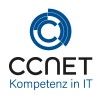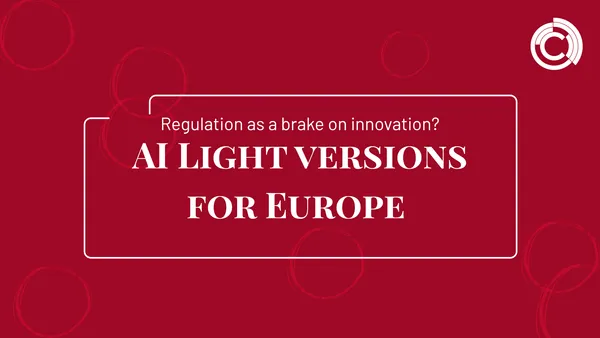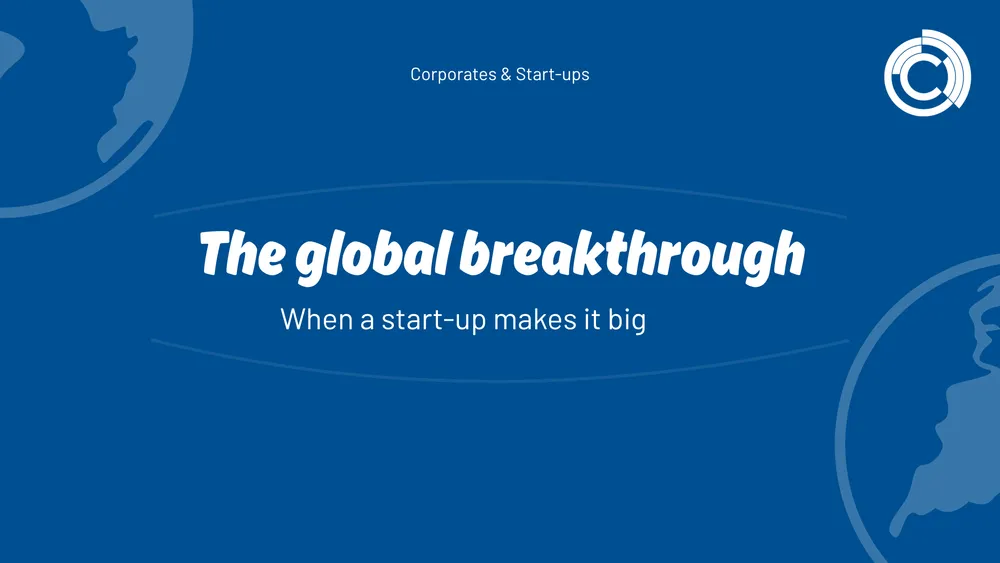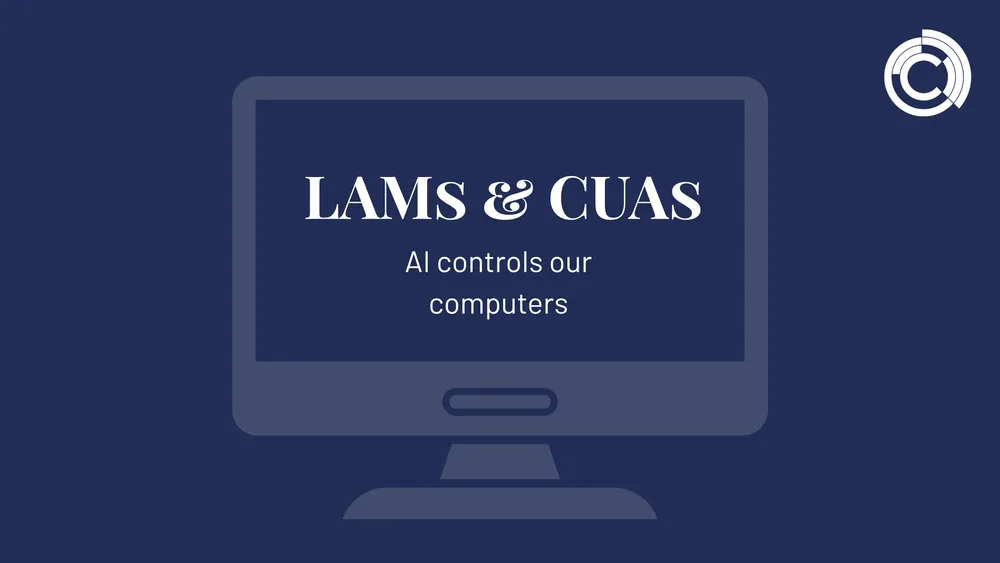
CCNet
Oct 8, 2025 • 2 min read

AI Light versions for Europe – regulation as a brake on innovation?
While AI solutions are rapidly becoming part of everyday life around the world, Europe is a special case: many products from major providers are only available to a limited extent or with delays. The reason for this is the strict regulation imposed by the AI Act. Companies are responding with adapted “AI light versions” of their products – slimmed-down variants that comply with European requirements. But what does this mean for Europe's competitiveness?
The balancing act between innovation and regulation
Europe is taking a different approach to AI regulation than the US or Asia: values and safety are at the forefront. The goal is to ensure transparency, data protection, and ethical standards. This approach protects consumers and creates clear framework conditions – but it also has disadvantages.
Many providers are reluctant to launch their most advanced products in Europe because the legal requirements are high and often unclear. Instead, they release adapted versions that offer fewer features. For users and businesses, this means they do not have the same access to cutting-edge technology as competitors in other regions.
AI Lite: Opportunities and Limitations
At first glance, the approach makes sense: better a compliant light version than no product at all. But in the long term, this could weaken Europe's innovative strength. If companies can only use stripped-down tools, they lack crucial features that have long been standard elsewhere. For corporations with global operations, this makes Europe a “laggard market.”
This poses a risk for management:
• Competitive disadvantage compared to international competitors
• Slowed digitalization due to limited functions
• Higher costs if parallel systems have to be operated
Exemplary effects
Some well-known AI products, including text and video generators, are either not available at all in Europe or can only be used to a very limited extent. While companies in the US and Asia are developing new business models based on these technologies, European companies are forced to wait and see or take detours.
The result: dependence on non-European innovation drivers. Companies in Europe consume AI products instead of helping to shape them. This leads to a dangerous gap – both economically and geopolitically.
Room for maneuver for companies
Despite the restrictions, there are strategies for exploiting the opportunities offered by AI in Europe:
• Partnerships with European providers: Start-ups and research institutes are increasingly developing their own solutions.
• Focus on compliance as a competitive advantage: Companies that implement regulatory-compliant solutions early on can build trust with customers and authorities.
• Pilot projects with clear governance: Those who gain experience with AI light versions can switch to full-fledged products more quickly as soon as they become available.
Conclusion: Light versions are not a permanent solution
The AI Act is an important step toward ensuring the responsible use of AI. But for companies, the question arises: Is a light version of AI enough to keep up with global competition? The answer is: only to a limited extent.
Europe needs its own innovation drivers that are not only compliant with regulations but also competitive. For management, this means accepting regulation while actively seeking ways to drive innovation in-house. Only in this way can Europe prevent itself from becoming a mere consumer of global AI innovations.
Further information can be found here: AI Trends 2025
Why are there only light versions of many AI products in Europe?
Due to the strict requirements of the AI Act.
What are the disadvantages of light versions for companies?
Limited functionality, competitive disadvantages, and higher costs.
Are there any advantages?
Yes, they are compliant with regulations and offer legal certainty.
How does this affect Europe's competitiveness?
Europe risks falling behind in the innovation race.
What strategies can companies use?
Partnerships with European providers, leveraging compliance as an advantage, launching pilot projects.


